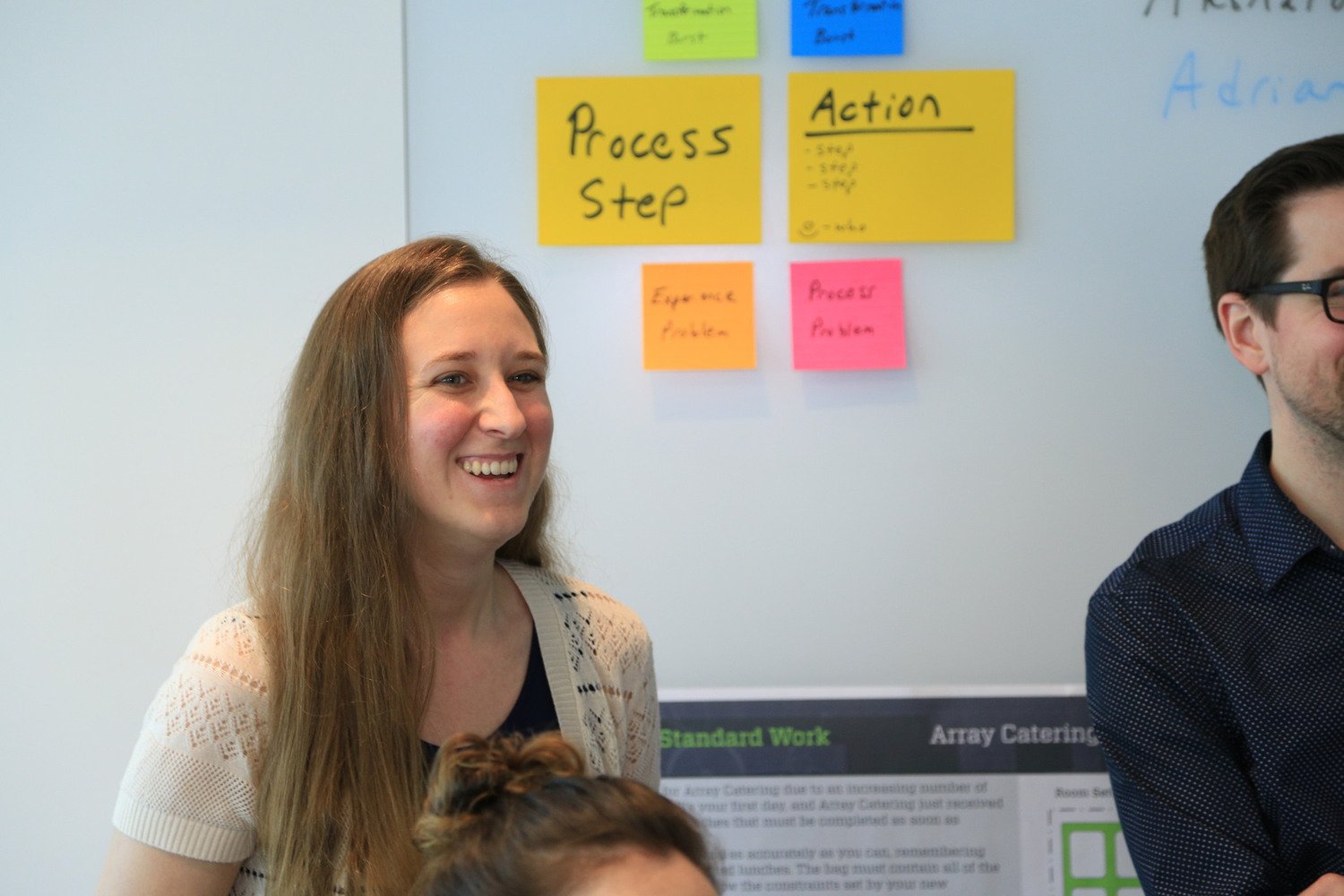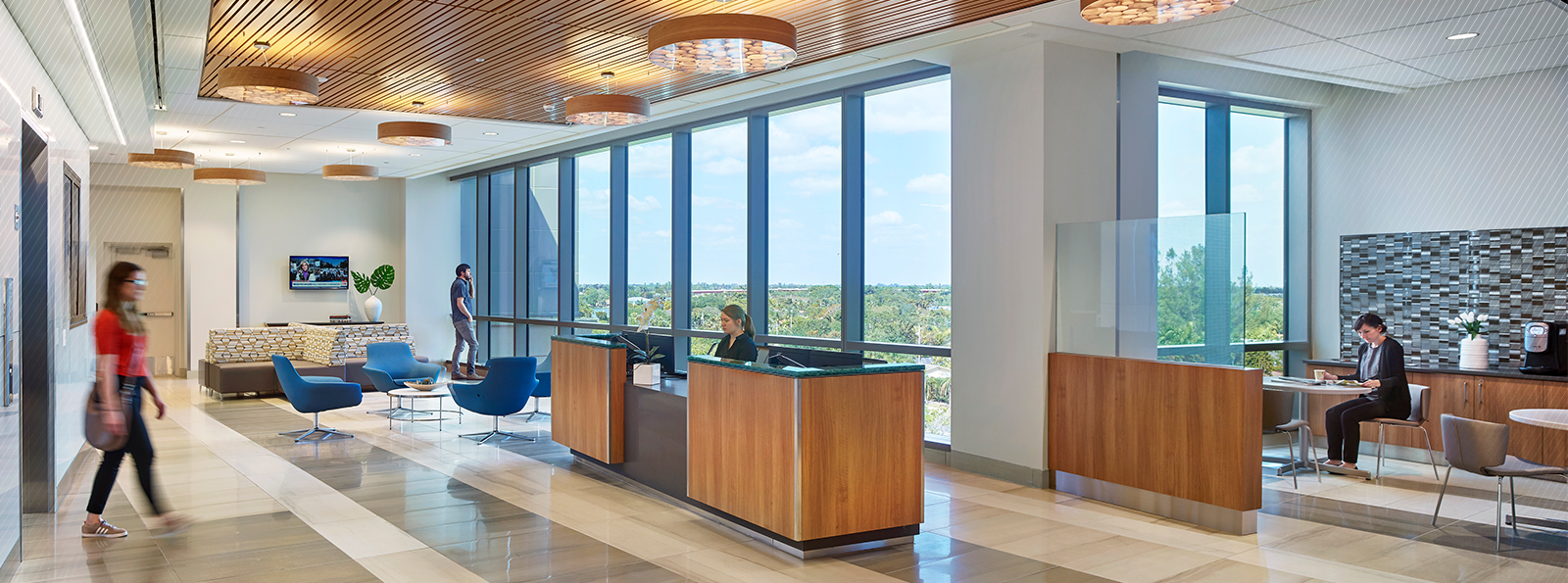When I began my academic career at Lehigh University, I had an idea of what I wanted to achieve, but did not realize how my path would change and evolve. I started out in the five-year Arts & Engineering dual degree program. My intent was to obtain degrees in architecture and civil engineering – I dreamed of building roller coasters. After one year, I determined that civil engineering did not spark my interest and dropped the dual degree, focusing on architecture.
One semester before completing my undergraduate architecture degree at Lehigh, I realized that my designs always focused on logical, efficient layouts. My attention to detail and desire for functional spaces did not seem to align with the more artistic design philosophies of the architecture graduate schools to which I applied. I also had no idea how I could use my degree to launch my career in roller coaster design. Desiring to expand my opportunities, I began researching how I could apply my architecture degree in other industries. A fellow student introduced me to industrial engineering, and I knew that I found my calling.
After starting my graduate studies in the Industrial and Systems Engineering department at Lehigh, I joined the Healthcare Systems Engineering (HSE) program. Discussions with faculty led me to understand the synergies that exist between architecture and industrial engineering, specifically in the healthcare industry. Through the HSE program, I had the opportunity to attend the Healthcare Systems Process Improvement (HSPI) Conference hosted by the Institute of Industrial and Systems Engineers’ Society for Health Systems. Little did I know that my future employer was also attending the conference that year.
 All HSE students are required to complete a capstone project prior to receiving their degree. I knew that I wanted my capstone project and future career to involve simulation modeling. As I began exploring options, I connected with Michelle Stuart, president of Efficiency Engineers, who introduced me to Jonathan Bykowski, principal at Array Architects. Michelle met Jonathan at the HSPI Conference, where she learned about Array’s focus on using industrial engineering techniques and systems thinking to improve the way they delivered architecture to their healthcare clients.
All HSE students are required to complete a capstone project prior to receiving their degree. I knew that I wanted my capstone project and future career to involve simulation modeling. As I began exploring options, I connected with Michelle Stuart, president of Efficiency Engineers, who introduced me to Jonathan Bykowski, principal at Array Architects. Michelle met Jonathan at the HSPI Conference, where she learned about Array’s focus on using industrial engineering techniques and systems thinking to improve the way they delivered architecture to their healthcare clients.
Initially, I was reluctant to step back into the world of architecture – I felt like I didn’t quite fit into that field and was excited to explore other industries. Despite my hesitation, I reached out to Jonathan and met with a small group from Array to discuss the possibility of completing my capstone project. The Array team surprised me with their passion for creating efficient spaces that supported staff workflows while still having beautiful design. They were also equally excited about using simulation modeling to help inform design decisions.
As they say, the rest is history. I completed my capstone project at Array and was subsequently offered a full-time position. I’ve continued providing decision support on architecture projects using simulation modeling and other industrial engineering tools. My understanding of different aspects of the health system that I learned through the HSE program allowed me to quickly integrate with architecture teams working on designing various healthcare facilities.
Throughout my career at Array, I’ve built upon the foundational knowledge established through the HSE program. I continue to attend the HSPI Conference each year and am actively involved in the Society for Health Systems, holding several leadership positions and helping to advance the Society. As I reflect on the last five years of my professional development, many defining moments and opportunities link directly back to my experience as a Lehigh HSE student. I know that I would not be here today without my HSE degree and the support of the faculty and staff at Lehigh, and I look forward to what the next five years will bring!
Planning your next career move? Explore opportunities at Array.


